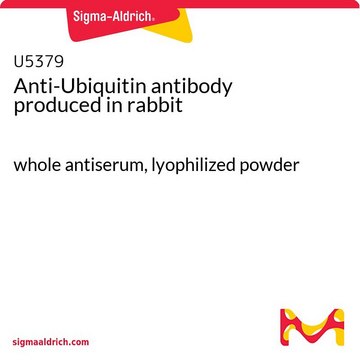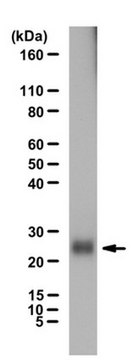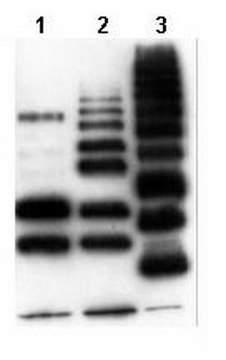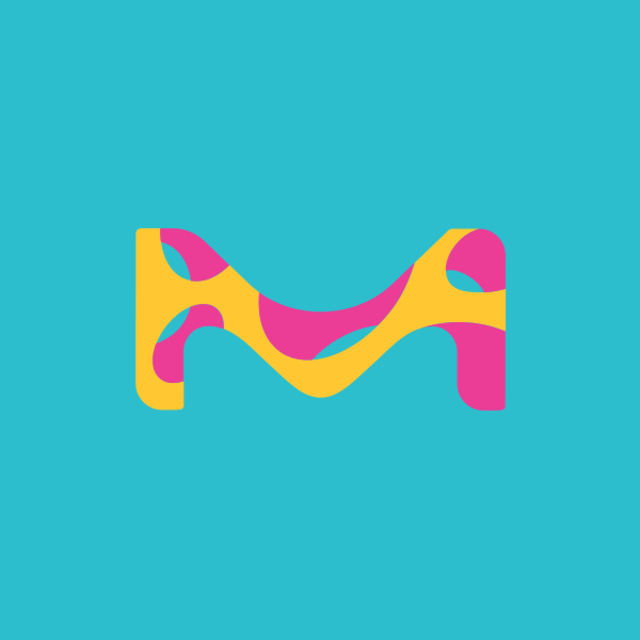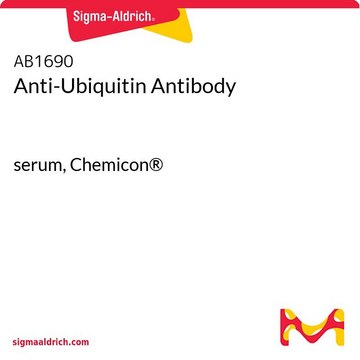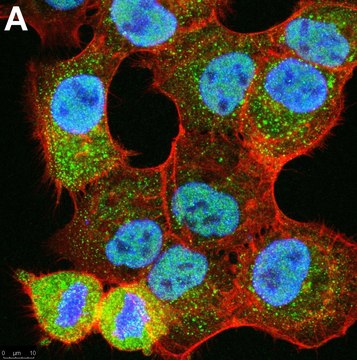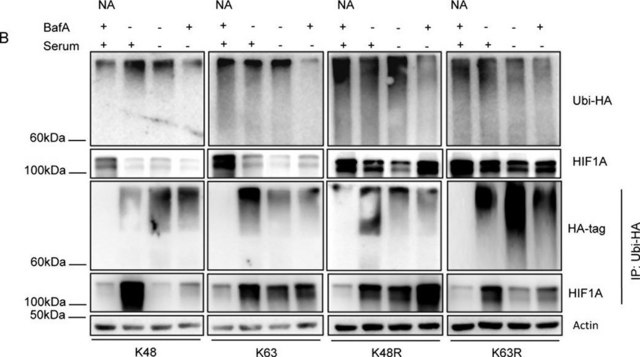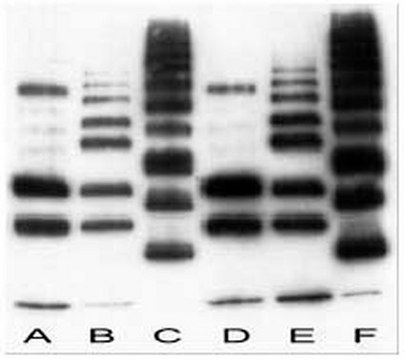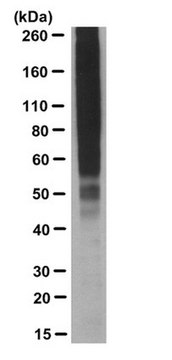MAB1510
Anti-Ubiquitin Antibody, clone Ubi-1 (aka 042691GS)
ascites fluid, clone Ubi-1 (042691GS), Chemicon®
Synonym(s):
Ubiquitin, ubiquitin-CEP80
About This Item
Recommended Products
biological source
mouse
antibody form
ascites fluid
antibody product type
primary antibodies
clone
Ubi-1 (042691GS), monoclonal
species reactivity
rat, human, mouse
manufacturer/tradename
Chemicon®
technique(s)
immunohistochemistry: suitable (paraffin)
immunoprecipitation (IP): suitable
western blot: suitable
isotype
IgG1κ
NCBI accession no.
UniProt accession no.
shipped in
dry ice
General description
Specificity
Immunogen
Application
1:250-1:1,000 dilution from a previous lot was used.
Electron Microscopy:
1:250-1:1,000 dilution from a previous lot was used.
Immunoprecipitation:
(Liang, 1995; Oberdorf, 1999)
Note: Suggested blocking agent is bovine serum albumin.
Immunoblotting:
1:250-1:1,000. The sensitivity of the assay can be enhanced by autoclaving the blot (Swerdlow, 1986).
Optimal working dilutions must be determined by end user.
Protein Trafficking
Neuroscience
Ubiquitin & Ubiquitin Metabolism
Quality
Western Blot Analysis:
1:500 dilution of this lot detected UBIQUITIN on 10 μg of Jurkat3 lysates.
Target description
Linkage
Physical form
Storage and Stability
Handling Recommendations: Upon first thaw, and prior to removing the cap, centrifuge the vial and gently mix the solution. Aliquot into microcentrifuge tubes and store at -20°C. Avoid repeated freeze/thaw cycles, which may damage IgG and affect product performance.
Analysis Note
Alzheimer′s diseased brain.
Legal Information
Disclaimer
Not finding the right product?
Try our Product Selector Tool.
Storage Class Code
12 - Non Combustible Liquids
WGK
nwg
Flash Point(F)
Not applicable
Flash Point(C)
Not applicable
Certificates of Analysis (COA)
Search for Certificates of Analysis (COA) by entering the products Lot/Batch Number. Lot and Batch Numbers can be found on a product’s label following the words ‘Lot’ or ‘Batch’.
Already Own This Product?
Find documentation for the products that you have recently purchased in the Document Library.
Our team of scientists has experience in all areas of research including Life Science, Material Science, Chemical Synthesis, Chromatography, Analytical and many others.
Contact Technical Service